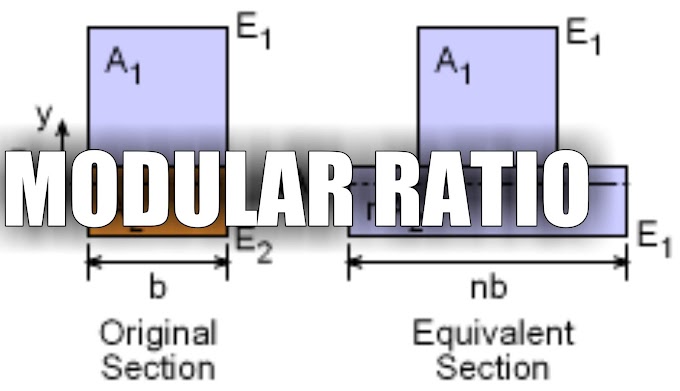- perception
time
- brake reaction time
The 'perception time' is the time
required by the driver to realize that the brakes are to be applied. It is the
time from the instant the object comes on the line of sight of the driver to
the instant he realizes that the vehicle needs to be stopped.
The 'brake reaction time also
depends on several factors including the skill of the driver, the type of the
problems, and various other environmental factors.
Generally, the total reaction time
of the driver is taken together. The total reaction time may be explained by
the ‘PIEV’ theory.
According to 'PIEV' theory, the
total reaction time of the driver is split into four parts, That is, time taken
by the driver for:
- Perception
- Intellection
- Emotion
and
- Volition
‘Perception time’ is the time
required for the sensations received by the eyes or ears of the driver to be
transmitted to the brain through the nervous system and spinal cord. In other
words, it is the time required to perceive an object or situation.
‘Intellection time’ is the time
required for the driver to understand the situation. It is also the time
required for comparing the different thoughts, regrouping, and registering new
sensations.
‘Emotion time’ is the time elapsed
during emotional sensations and other mental disturbances such as fear, anger,
or any other emotional feelings like superstition, etc. with reference to the
situation. The emotion time varies for different drivers, but even for a
particular driver, the emotion time is likely to vary considerably depending
upon the situation or the actual problem involved.
‘Volition time’ is the time taken by the driver for the final action, such as brake application.
The 'PIEV' process has been illustrated in Figure 1.
 |
| Figure-1 |
The total reaction time of an
average driver may vary from 0.5 seconds for simple situations to as much as 3
to 4 seconds or even more in complex problems.
|
India (IRC) |
2.5 Sec |
|
|
Australia National Association of Australian State Road Authorities
(NAASRA) |
2.5 sec |
Speeds more than 100
km/h |
|
2.0 sec |
Speeds less than 100
km/h |
|
|
1.5 sec |
Restricted situations
and difficult terrain |
|
|
Austria |
2.0 sec |
|
|
Britain |
2.0 sec |
|
|
Canada |
Similar to the U.S.
policy |
|
|
France |
2.0 sec |
|
|
Germany |
2.0 sec |
For rural roads |
|
1.5 sec |
For urban streets |
|
|
Greece |
2.0 sec |
For rural roads |
|
1.5 sec |
For urban streets |
|
|
South Africa |
2.5 sec |
|
|
Sweden Swedish national road
administration (SNRA) |
2.0 sec |
|
|
Switzerland |
2.0 sec |
|
|
United States |
2.5 sec |
|
(Harwood et al. 1998)





1 Comments
Very much informative
ReplyDelete